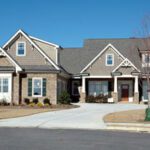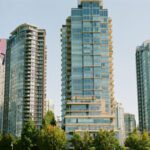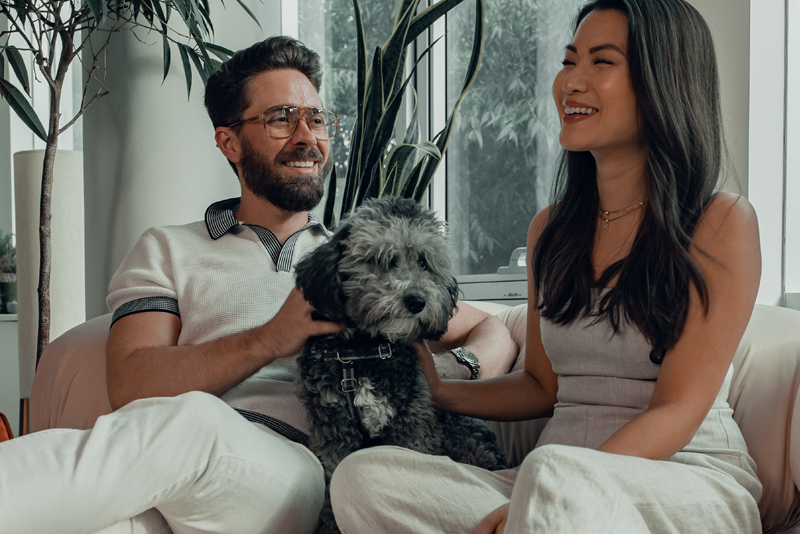 Here are simply some fun and random facts and stats cobbled together from the city of Vancouver’s housing report—which came via census, surveys, real estate sales, and other sources—that you might find interesting, including which Vancouver homeowners no longer pay a mortgage (or maybe they never did).
Here are simply some fun and random facts and stats cobbled together from the city of Vancouver’s housing report—which came via census, surveys, real estate sales, and other sources—that you might find interesting, including which Vancouver homeowners no longer pay a mortgage (or maybe they never did).
So let’s start there…
- In 2016, Shaughnessy, Dunbar Southlands, and Kerrisdale had the highest proportion of owner households without a mortgage relative to total owner households.
- Strathcona had the highest proportion of owner households with a mortgage relative to total owner households in the area.
- In 2016, approximately 44% of ownership households resided in apartment buildings.
- Over the past 10 years, condominiums have represented the majority of ownership housing starts in Vancouver and the region.
- Over the last 10 years, the city approved a total 8,680 purpose-built market rental units secured as rental housing for the life of the building.
- The three local areas with the largest share of purpose-built rental approvals in 2018 were downtown (19%), Kensington-Cedar Cottage (19%), and Fairview (15%).
- The number of residential properties owned by non-residents in Vancouver decreased from 14,310 to 14,055 from 2017 to 2018, despite an overall increase in the number of residential properties.
- In 2018, Vancouver issued a total of 709 laneway house permits, the highest level since the creation of the program in 2009.
- The city aims to end street homelessness and reduce the share of Indigenous people experiencing homelessness by 50% by 2022.
- Grandview-Woodland holds 44% of the Indigenous society owned/operated non-market housing stock in Vancouver. Grandview-Woodland also has the highest share of Indigenous residents in Vancouver.
- From 2017 to 2018, the total homeless population increased slightly, and the share of the city’s homeless population reporting Indigenous identity increased from 39 to 40%.
- As of December 31, 2018, the city approved a total of 4,511 condominium apartments and 86 townhouse units. Of the total condo units approved in 2018, 50% (2,254 units) were family units consisting of two and three bedrooms.
- Downtown had the largest share of condominium approvals in 2018 (57%) due to the significant volume of units approved on the Plaza of Nations and BC Place sites. Riley Park had the largest share of townhouse approvals in 2018 (38%).
- The City of Vancouver operates 11 buildings with 816 social housing units. A total of 224 buildings with 11,421 co-ops, social, and supportive housing units (43% of the stock) are located on city-owned land.
- In 2018, a total of 931 social and supportive housing units opened. Of these units, 527 were permanent social and supportive housing units and 404 were temporary modular homes.
- Since 1994 the private single-room-occupancy hotel stock has decreased by almost half, from 7,830 units in 1994 to 4,102 in 2017.
- Overall, there are 131,000 market rental dwellings in the city.
- Approximately 18% of the total purpose-built rental stock (10,390 units) in Vancouver consists of family-sized units (17% are two-bedroom and 1% are three-bedroom units).
- Between 2006 and 2016, the city’s population increased by more than 50,000 residents. Metro Vancouver’s overall population increased by nearly 350,000 residents in the same 10-year period.
- In 2016, the local areas with the highest count of total renter households were the West End, Downtown, Kitsilano, Fairview, and Mount Pleasant.
Vancouver is Awesome, “Guess which Vancouver homeowners don’t have mortgages”, Mike Howell, accessed July 8, 2019, https://www.vancouverisawesome.com/2019/04/04/vancouver-homeowners-no-mortgages/


